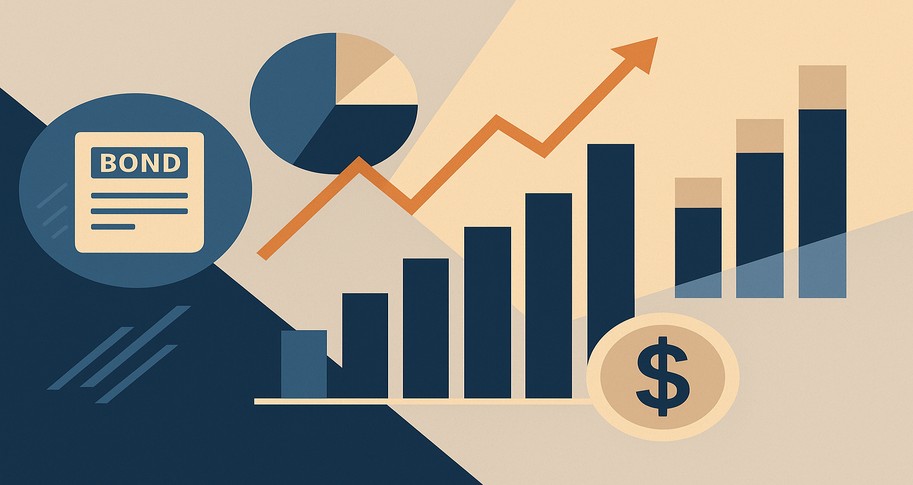
The public increasingly distrusts companies whose motives are often hidden and opaque at best. The way Big Tech uses our data often creates consumer distrust,
but with mounting climate anxiety, the public’s concerns about corporate transparency are far more comprehensive than
just what products are marketed to them.
For example, California Attorney General Rob Bonta alleges that ExxonMobil misled
consumers about the environmental impact of the company’s plastic products. And then there’s the ratcheting pressure on Amazon for its mountains of packaging waste. Even electric car companies can find themselves in the crosshairs of public opinion when the environmental and human impact of ‘blood battery’ production is made clear.
The intrepid C-suite officer might then realize it would be best to head off growing
regulatory and public frustration caused by obviously unsustainable, unjust products. Messaging can show the impatient
public that the business is doing something because it takes time to transition supply
chains, even in ideal, non-pandemic times.
Were it so easy.
The public and other external stakeholders, such as the media, are, of course, not
the only folks who want a say. Companies must balance nonmarket actors’ interests
against those of other market stakeholders, such as investors. And while many investors
are equally concerned about environmental, social, and governance activities of firms, they also don’t want companies to disclose information just to appease folks who have no direct stake in the firm.
After all, investors and other financial stakeholders do not want their investment
undercut by a company being too transparent. Giving away too much information may also result in giving away your competitive
edge. Likewise, honesty does not necessarily give companies a free pass when it reveals
controversial practices.
Accordingly, research on transparency has produced mixed results. The benefits and/or
detriments change depending on what’s being disclosed and to whom. In “The Uneven Returns of Transparency in Voluntary Nonfinancial Disclosures,” University of Arkansas professor Jake Grandy sought to suss out the nuance evident from the existing research about transparency.
With coauthors Patrick Callery and Joel Andrus, Grandy found that market actors react differently to varying degrees of corporate
transparency.
It is not enough to be transparent, and the disparate goals of different groups makes
the right choice difficult to come by. But Grandy, Andrus, and Callery’s research
offers companies clear insights on how to best balance these competing interests.
Fundamentally, companies have three levers to pull when voluntarily disclosing nonfinancial
information: clarity, accuracy, and completeness.
Degrees of Transparency
Previous research has theorized the benefit of transparency in a myriad of ways. For
example, it can grant enduring legitimacy and provide a social license to firms. Evidence suggests it can benefit a firm’s relationships with customers and governments as well as increase access to capital. Grandy, Andrus, and Callery note, however, that the literature is not all so rosy.
Unfavorably viewed disclosures can negatively affect both the financial performance and the reputation of the firm, and such disclosures
may bring with them unwanted scrutiny.
Transparency is a calculated risk that does not always work out. For example, in the
run up to its botched release Cyberpunk 2077, CD Projekt Red transparently acknowledged a new crunch time policy. But in attempting to communicate their goals of an improved work-life
balance in their offices, the video game production company instead opened themselves
up to nonmarket condemnation and scrutiny for the work culture they had been demanding. Between its hotly anticipated game
flopping and gamers’ new awareness of the company’s toxic work culture, the company still has not recouped its respectability two years later, even with The Witcher 3, widely considered one of the best games of the 2010s, to its name.
To test the different metrics of transparency, Grandy, Andrus, and Callery used corporate
data provided to CDP (once the Carbon Disclosure Project). The CDP is an organization that presents voluntarily
disclosed corporate information about emissions, carbon mitigation projects, as well
as risks and benefits of such projects. There are nearly 2000 partner corporations,
which together represent over half of globally listed market capitalization, so CDP provided the researchers with a
wealth of data to test their hypotheses against.
Many consumers and shareholders are thinking about the deep, far-reaching effects
of human civilization on the earth and our environments after a decade of unpredictable weather. But as the researchers note, the topic is also an excellent test for transparency
because its problems are inherently multivalent and complex. They require carefully considered policies that are not always intuitively beneficial,
so explaining their intentions and processes needs tactful translation. This complexity
leaves a lot of space for misinterpretation and misattribution.
The researchers identify this relationship as the crux of the issue with transparency.
Actors use the disclosure’s appearance to attribute the firm’s motives for their transparency.
Different degrees of clarity and completeness makes the attempt at transparency read
differently and not necessarily in clearly linear relationship. The researchers draw
on earlier research, arguing that clarity is used to help attribute a firm’s intention, specifically sincerity or manipulation, and completeness helps actors determine the locus of control, whether internal or
external. The accuracy, or reliability, of the data moderates actors’ interpretations
of motive.
Once they had measured the relative completeness, clarity, and accuracy of the disclosure,
Grandy, Callery, and Andrus evaluated the firm’s market value to understand how market
actors reacted to the firms’ disclosures. To assess nonmarket actors’ interpretations,
they measured the effects transparency had on the firm’s reputation. Taken together,
these dimensions of use by different actors measure the relative benefit or detriment
that transparency offers.
Findings
The researchers found that market actors tended to have a nuanced view of transparency. For example, firms with high levels of completeness in their disclosure saw higher
market valuation, but firms with low to moderate levels of completeness did not see
benefit from increasing the completeness of their disclosure.
Interestingly, firms with almost no disclosure saw higher market valuation than did
low transparency firms. The researchers suggest market actors will interpret zero
transparency well, assuming the company has good information practices and seeks to
protect its proprietary information, whereas they assume low transparency firms are
merely folding to outside pressure. In such cases, the transparency appears to be
a reactive and defensive tactic rather than a proactive and confident one.
Accuracy amplified the positive relationship on the market value of firms with high
levels of completeness. Grandy, Andrus, and Callery say the data shows accuracy is
a benefit for transparent firms, but it offers little value to firms with lower levels
of transparency. Indeed, it is better to work out transparent messaging before worrying
about the accuracy of the information.
Clarity offered a much more mixed bag of benefits. Low clarity correlated with lower market value, so the researchers argue that lower
levels of clarity indicate to market actors that a firm is trying to be manipulative
or moderate their exposure to risk. Increasing the clarity of a disclosure improves
market value, but the researchers observe diminishing returns. The highest levels
of clarity even seem to produce a slight dip in valuation compared to moderate levels
of clarity. And as with completeness, accuracy of information amplifies the relationship:
the lowest degrees of clarity saw a further dip in their value and higher levels saw
even greater valuation.
In contrast, the researchers saw that nonmarket actors tended to view transparency much more simply – they’re just trying to get a sense of the responsibility of the corporate person.
They valued high levels of completeness, which correlated linearly with the firm’s
reputation. But nonmarket actors do not seem to pay as much attention to the clarity of the disclosure. Moreover, accuracy seemed to not affect reputational perceptions at high levels of
completeness, but it did incur a greater degree of risk with low levels of transparency.
Surprisingly, the researchers found that high levels of clarity were associated with
a degree of reputational risk. The data confirms earlier observations that the most
transparent firms with the most virtuous images and expectations are more likely to be punished for small missteps because they are more noticeable.
Consider Apple, which has positioned itself as the champion of consumer privacy. And who doesn’t love seeing Meta, nearly the polar opposite in the public’s opinion,
taken down a peg or 12 billion? Accordingly, Apple benefits a lot from public trust. But because of this trust, many of us expect Apple to be good all the time, and
articles criticizing apparent grandstanding, sidestepping, and corralling users into vulnerable cloud based infrastructure are numerous.
So, while it doesn’t make the task any easier, Grandy, Callery, and Andrus’s research
helps business see the benefits and the risks associated with information disclosure.
When firms can identify their goals, the researchers’ insights can help guide the
best form and degree of disclosure. And on the other side, it can help us, as we fluctuate between our statuses in the
general public and more direct market actors, be more understanding of firms’ decisions
to be highly transparent or not disclose much, or any, information.






